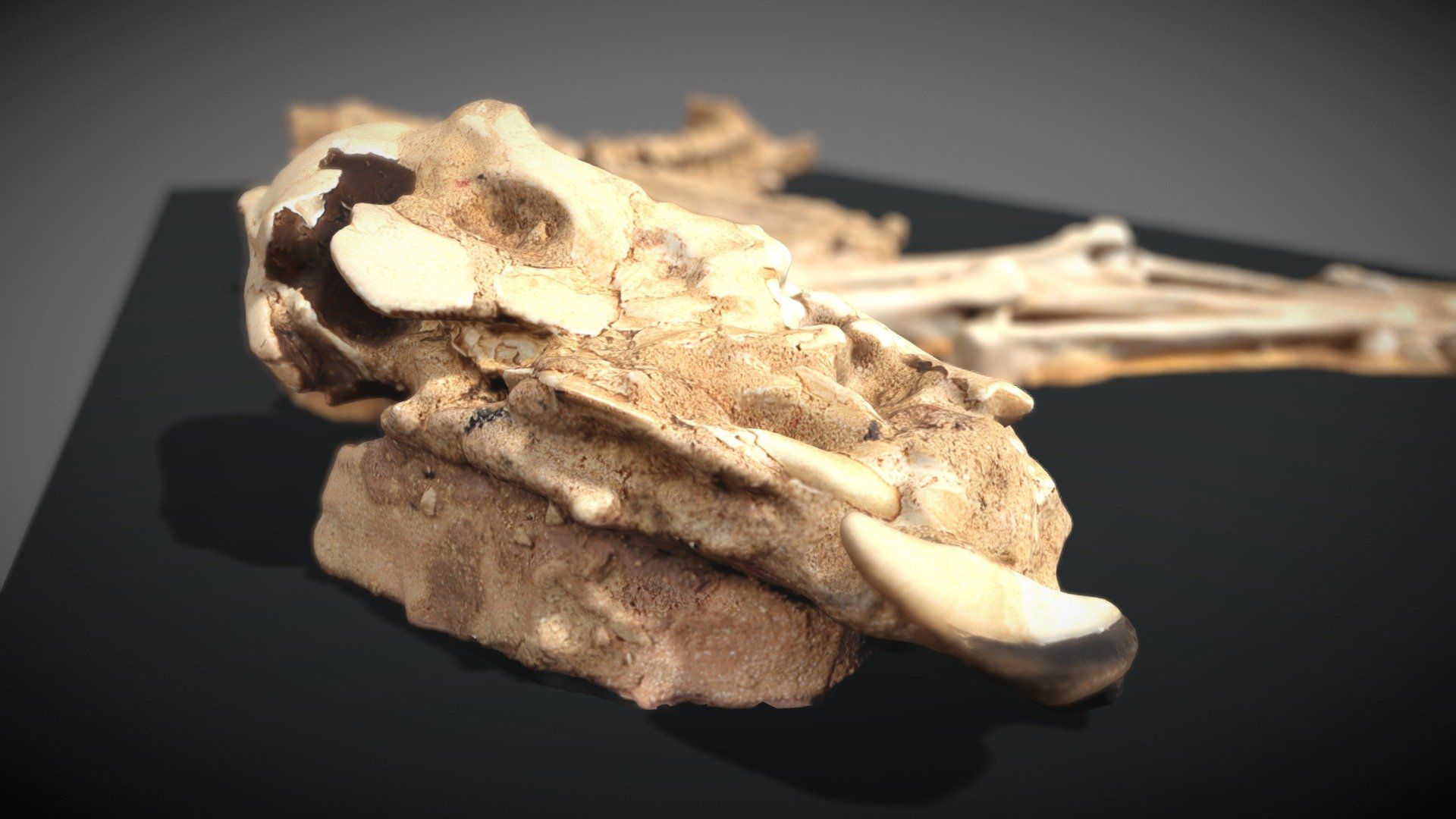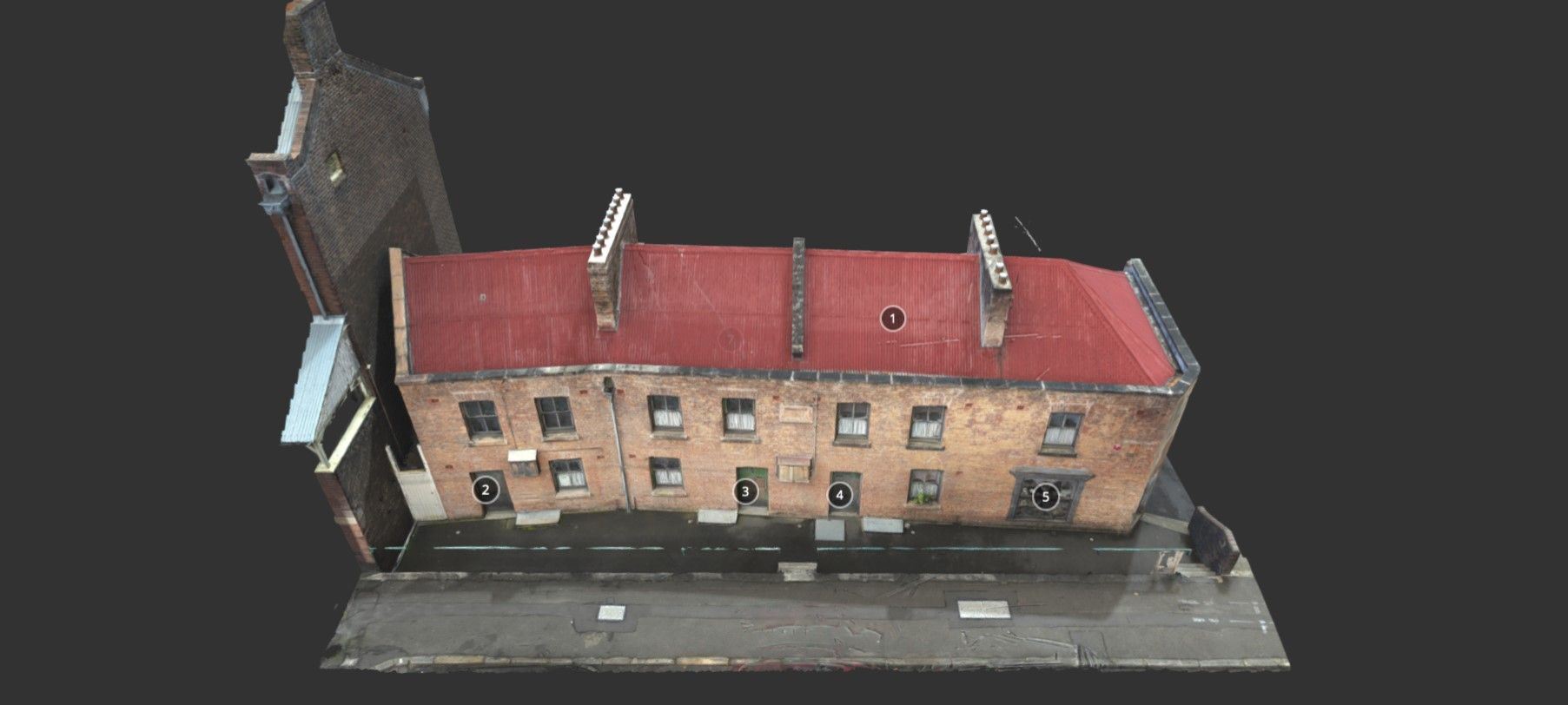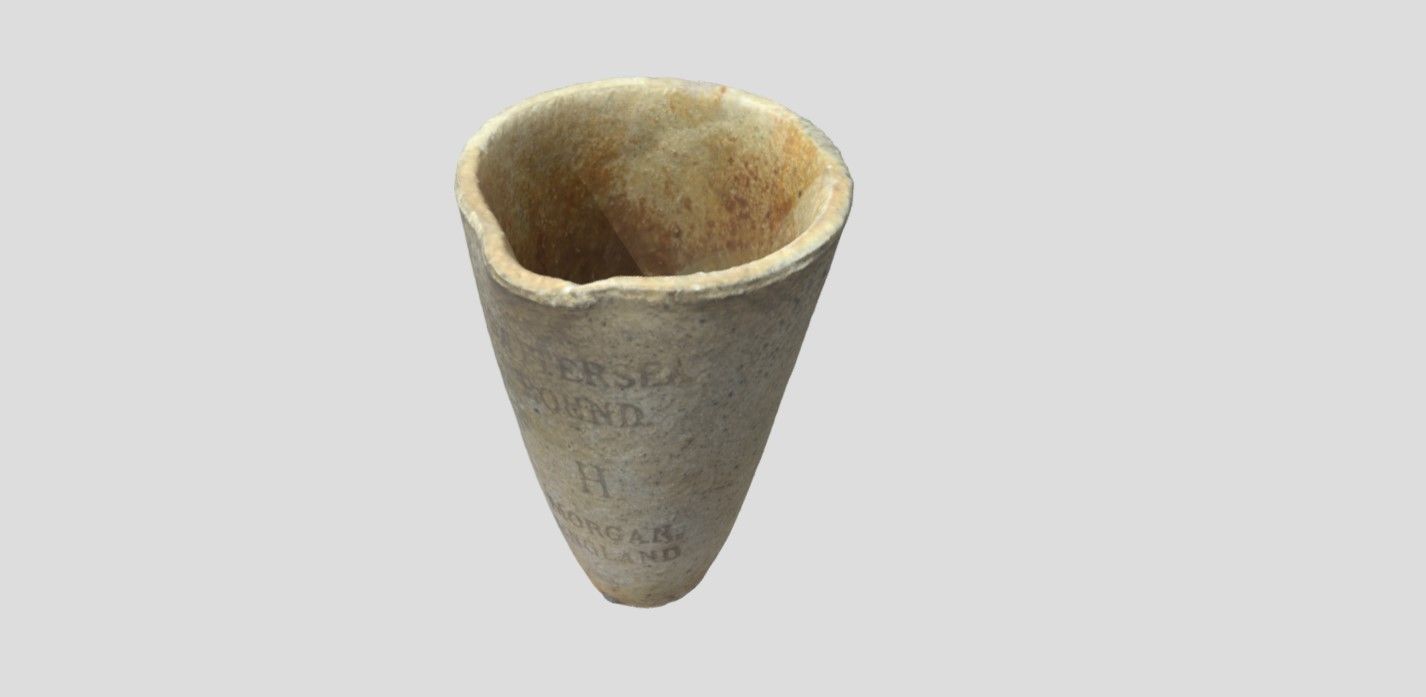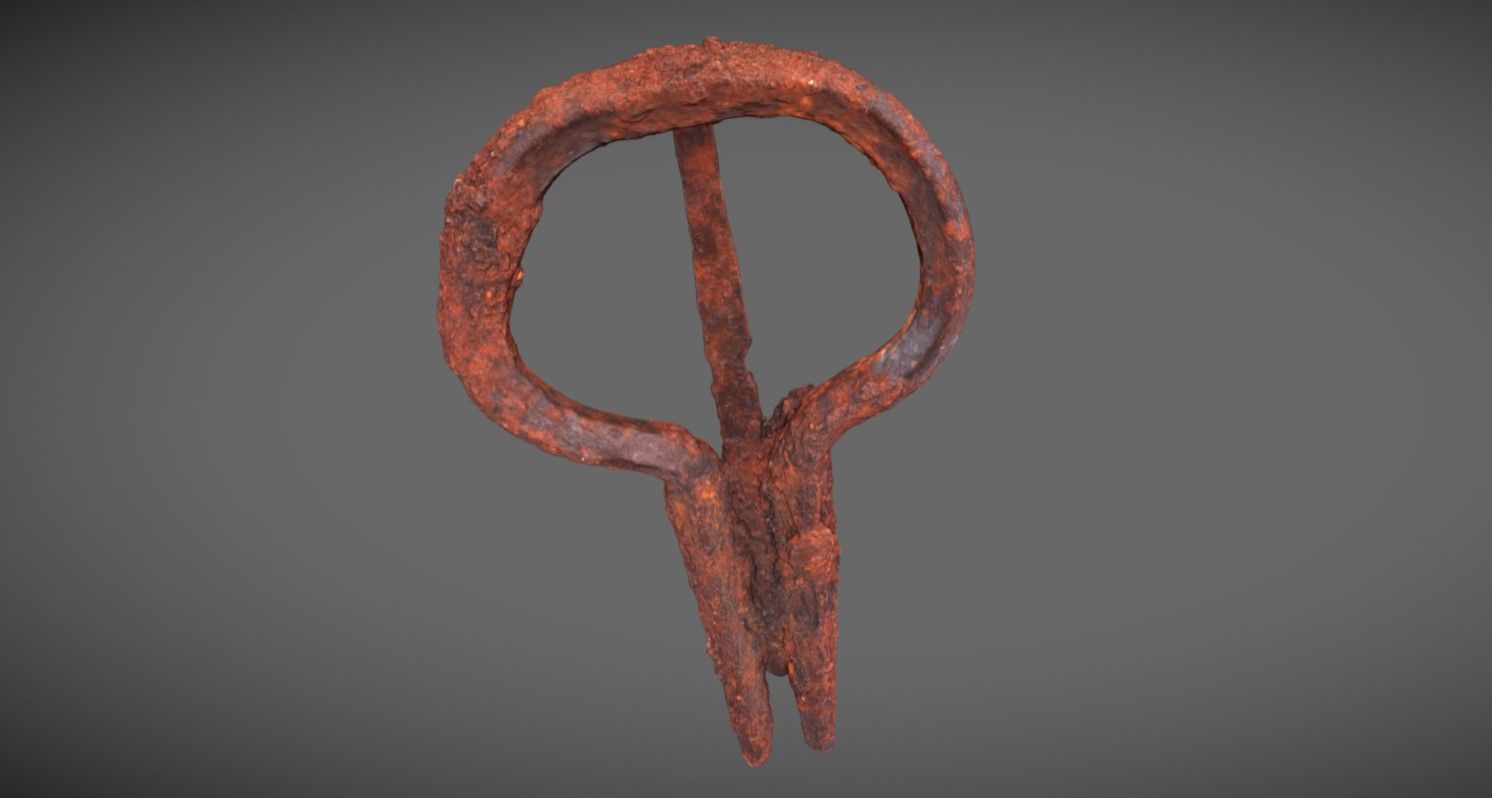Toys in the past
Explore more objects
Browse all
Resource
Digging up the past
Use this animal skeleton, found at the site of First Government House, to develop students’ archaeological investigation skills and knowledge of animal biology

Resource
Susannah Place
Take a closer look at this 3D scan of Susannah Place, as shown in our Virtual Excursion ‘Solve It Using Sources’

Resource
The Gold Rush
How does this object relate to the Gold Rush and, if you struck lucky, what could a gold sovereign buy you in the 1850s?

Resource
Convict life
What can this object from the 1800s tell us about convict life at Hyde Park Barracks?